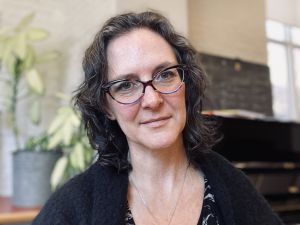As comedian Jerry Seinfeld says about doctor’s office waiting rooms: “There’s no chance of not waiting because they call it the waiting room. They’re going to use it.”
In two separate studies that included data from more than 650 patients, researchers from Brock University’s Goodman School of Business discovered that around 50 per cent of doctor’s appointments start late. Most often, it was because the physician was running late, rather than the patients.
Writing about their research recently in The Conversation, Brock Professor of Operations Management Kenneth Klassen and Associate Professor of Operations Management Reena Yoogalingam said the key to fixing the problem of late appointments could be better scheduling.
“Scheduling would be easy if no one ever ran late,” the pair wrote about their research, which was originally completed in 2013 and 2014. “You could simply spread out the appointments evenly across the day. If treatments always take 10 minutes, then schedule one patient every 10 minutes.”
The problem is, health care is unpredictable. Appointments sometimes take longer than expected, physicians get interrupted by emergencies, or a doctor or patient arrives late.
Using simulation modelling from real-world data, Klassen and Yoogalingam’s research discovered creative scheduling could be the answer.
The first method was to put appointments closer together at the beginning and the end of the day or work session, which keeps physicians busy, but spreads appointments farther apart in between. In this method, if a physician is working a session from 8 a.m. until a noon lunch break, appointments at the start of the day and just before noon might be scheduled eight or nine minutes apart while mid-morning appointments would be 11 or 12 minutes apart.
The second approach is to book appointments closer together, but in clusters of two or three, with a bit of time in between each cluster. As the day unfolds, the time between appointments shrinks, but the time between clusters increases.
“The clusters keep physicians busy. The spaces between clusters reduce patient waiting,” the researchers wrote in their Conversation piece which they co-authored with Brock colleague Michael Armstrong, Associate Professor of Operations Research.
“By keeping physicians busy, effective appointment scheduling helps them see more patients per day. That increased capacity reduces the number of days patients must wait for their appointments,” they wrote.










